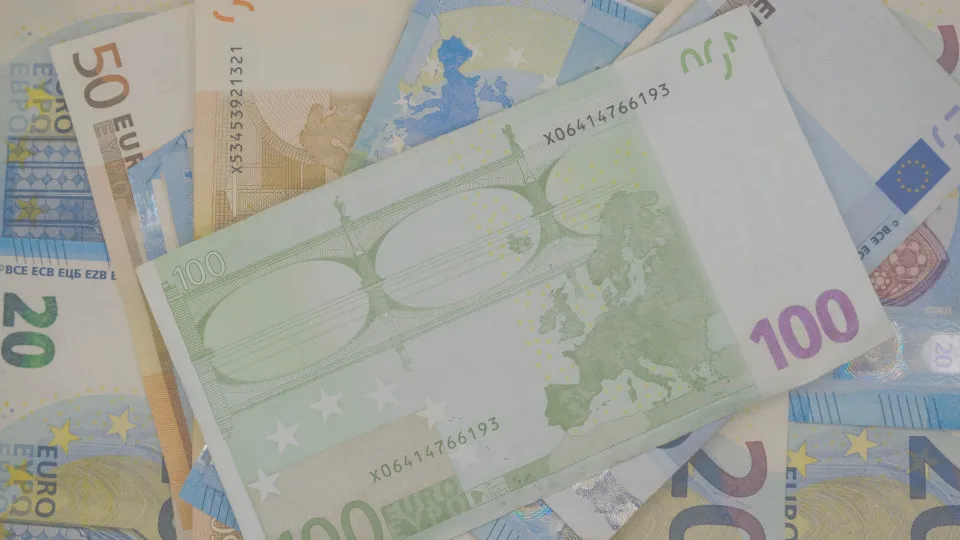
The central bank data released today indicates that, despite a year-on-year decrease of approximately 1,560 million euros, this resulted in “nominally, the second highest surplus in the entire series.”
Compared to the cumulative total until July, this surplus grew by 1,593 million euros (39.2%).
This year’s variation was driven by an increase of around 3,000 million euros in the goods deficit, worsened by both the rise in imports (up 2,400 million euros) and the decrease in exports (down 600 million euros).
Simultaneously, the surplus in the secondary income balance, mainly due to the increased contribution from Portugal to the European Union (EU), decreased by 369 million euros.
Until August, the services balance surplus increased by approximately 1,200 million euros, “largely justified by the evolution of the travel and tourism balance (+879 million euros).”
The financial account had, until August this year, a balance of 6,100 million euros, resulting from the Portuguese economy’s financing capability.
According to the regulator, non-monetary financial institutions, except insurance companies and pension funds, were the sector that most contributed to this balance, largely due to the reduction of liabilities in equity and debt securities held by non-residents.
Public administrations also showed “a significant increase in net assets, through the rise of assets in deposits.”
Conversely, the ‘central bank’ sector experienced the greatest reduction in net external assets, owing to the increase in deposit liabilities.
In August, the surplus of almost 1,600 million euros compares with a surplus close to 1,800 million euros in the same month of the previous year.
The BdP attributes this reduction to an increase of 213 million euros in the goods deficit (a reduction of 332 million euros in exports and 119 million euros in imports), a decrease of 157 million euros in the capital account surplus, and a decrease of 130 million euros in the primary income deficit.




